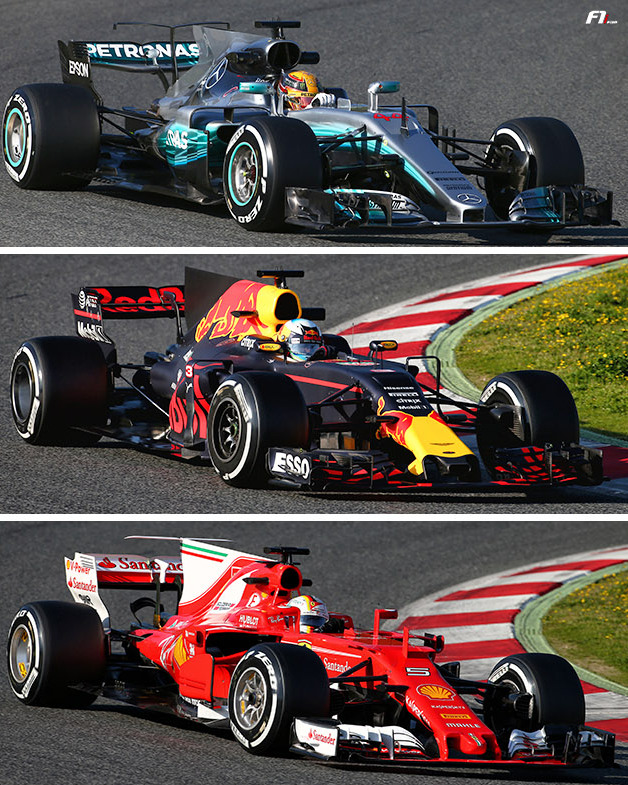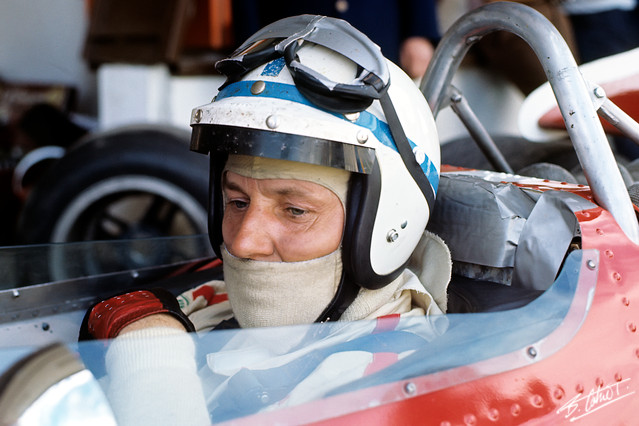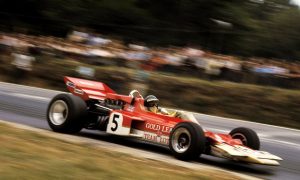
BACK TO THE RENAULT FOLD
After racing year-old Ferrari engines in 2016, Toro Rosso has switched back to using Renault power, the same spec as Red Bull and the French manufacturer’s works outfit.
“What Toro Rosso needs is stability with its power unit supply and a competitive engine,” Key said. “If you look back at the last three years through unfortunate circumstances we've always had a deficit on the power unit side. That has affected our performance and the number of points we've scored.
“This has been frustrating because the aero guys have done a fantastic job with the chassis and we've improved a lot in other areas, operationally and in terms of our understanding of the tyres.
“With the great turnaround we saw from Renault last year and a different approach and momentum that they've got now, hopefully this will be the best power unit we've ever hard in the hybrid era. For once we will have something that is much more competitive.”
Sharing the same engine as the parent car will further help integration and foster greater synergies with common parts found across both two Red Bull teams (the transmission comes Red Bull Technologies, the carbon gearbox casing from Faenza).
Aimed at optimising the airflow towards the rear wing, the shark fin engine cover does not extend all the way down to the foot of the rear wing pillar, unlike what can be seen on other cars (yellow arrow).
Toro Rosso’s monkey seat design is quite sophisticated, while the rear wing endplates have retained the open-end slits pioneered by the team on last year’s STR11.
Finally, the higher and wider diffuser is quite visible on the pictures above. Increasing from 125mm high and 1000mm wide to 175mm high and 1050mm wide. the diffuser has seen its volume surge around 120%, from 21875cm3 to 48235cm3.
This expansion will increase the vacuum produced underneath the car (so the downforce), and such phenomenon will be reinforced by the greater interaction between the lowered rear wing and the diffuser.
The overall feeling is that the latest Key-designed chassis looks quite promising already, even more so with a current-spec engine at the back, provided that Renault’s all-new power unit delivers the goods in 2017.
GALLERY: F1 drivers' wives and girlfriends
Keep up to date with all the F1 news via Facebook and Twitter






